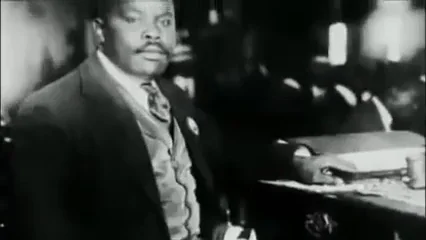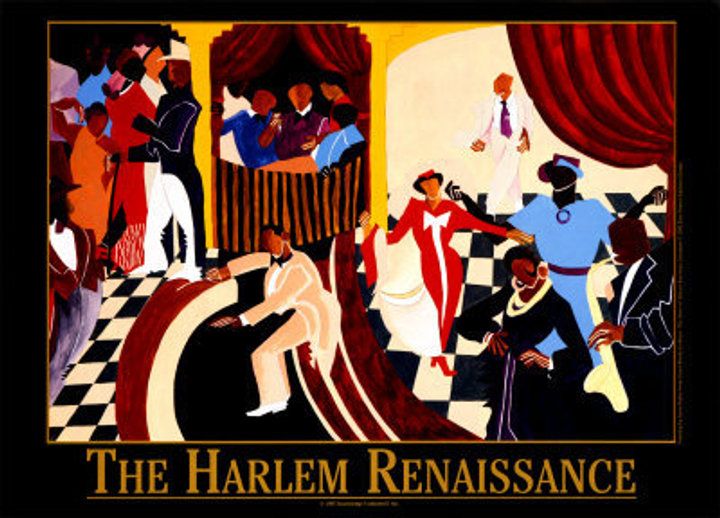
image credit: The Peopling of New York City: Harlem
What was the Harlem Renaissance?
The Harlem Renaissance was a cultural movement in the 1920s that started when Black Americans moved from Southern states to Harlem, New York for a better life. The Harlem Renaissance lasted until the mid-1930s.
Why is it important?
The Harlem Renaissance had a major impact on the following fields due to Black Americans creating new forms of art, such as literature, theater, visual arts, and music. It even helped set the path for the Civil Rights Movement.
What can we learn from it?
There are 3 lessons we can learn from the Harlem Renaissance:
Find your people
Express yourself
Use your platform to speak out
1. Find Your People
 image credit: NYPL Digital Collections
image credit: NYPL Digital Collections
After Reconstruction, many Black Americans moved out of the South in search of better lives. This was known as the Great Migration, where families moved to the North, Midwest, and the West. Almost 175,000 Black Americans chose to call Harlem, NY home.

While they had varying backgrounds, they shared common interests that contributed to creating a new culture that kicked off the Harlem Renaissance. Some of the interests included music, visual arts, and literature, which allowed people to express themselves and portray "a realistic presentation of what it meant to be Black in America."
2. Express Yourself
 image credit: Brittanica
image credit: Brittanica
During the Harlem Renaissance, many creatives made names for themselves in the fields of music, literature, and visual arts. By expressing themselves through their forms of art, they demonstrated Black pride and were able to influence others to follow their passions.

Duke Ellington
Duke Ellington was a renowned jazz composer, who used his performances to help break down racial barriers. During the Harlem Renaissance, he and his band regularly played the Cotton Club, which allowed him to bring his style of jazz to larger audiences to demonstrate Black excellence.

Langston Hughes
Langston Hugheswas an acclaimed writer, considered "the most influential and widely celebrated voice of the Harlem Renaissance." He used his writings to speak about Black life. His most famous poem The Negro Speaks of Rivers was published by The Crisis, the official magazine of the NAACP, in 1921.

Augusta Savage
Augusta Savage was an influential sculptor. She rose to prominence in 1923 with a bust of Black scholar W.E.B. Du Bois.
Her artwork depicted everyday life for Black Americans and her most famous work is The Harp, a sculpture featuring 12 Black youths reimagined as a harp "to celebrate Black musical contributions." It was inspired by Lift Every Voice and Sing, the Black National Anthem.
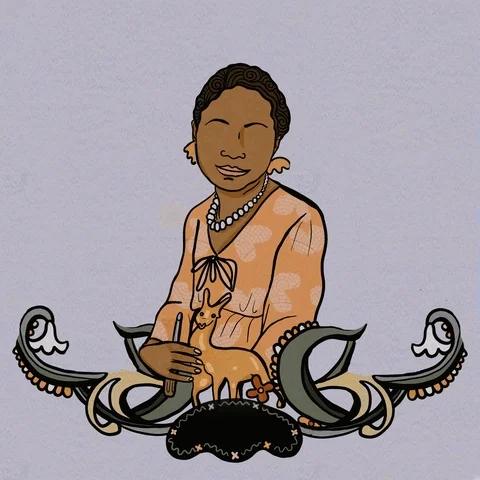
3. Stand Up for What You Believe In
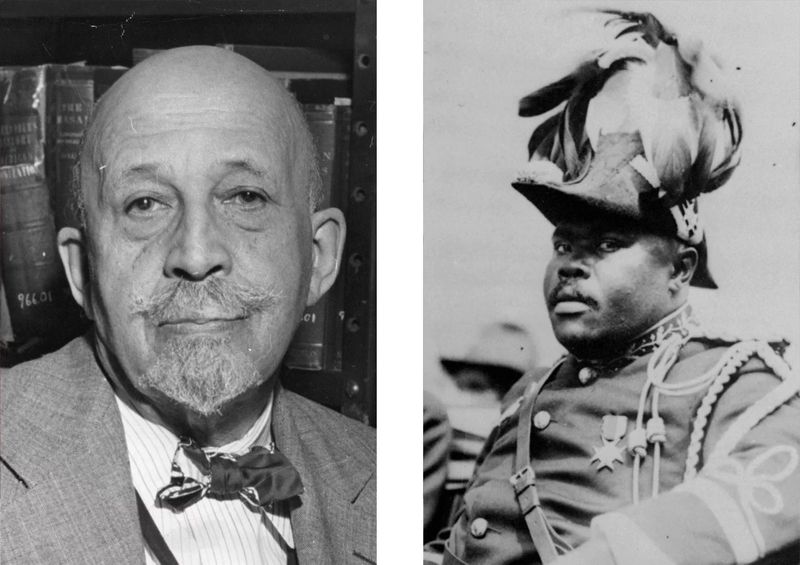 credit: NPR.org
credit: NPR.org
During the Harlem Renaissance, prominent activists like Marcus Garvey and W.E.B. Du Bois built upon their successes by creating movements that emphasized black pride and excellence to benefit the lives of Black Americans. However, both men differed on how to reach that goal.
Who was Marcus Garvey?
Marcus Garvey was an activist from Jamaica who pushed the Back to Africa movement. He believed that Black Americans should return to Africa and create an independent state. He created the Universal Negro Improvement Association (UNIA), a black nationalist organization.
Garvey also pushed for black economic independence, which led him to become president of a shipping company called Black Star Line.
Who was W.E.B. Du Bois?
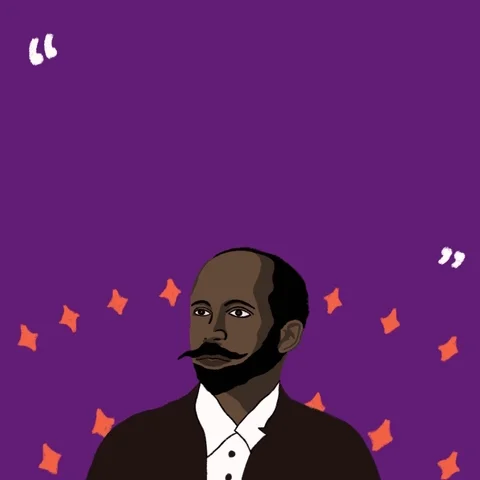
W.E.B. Du Bois was an American sociologist, activist, and one of the founders of the National Association for Advancement of Colored People (NAACP).As a co-founder of the NAACP, Du Bois believed in "a self-sustaining Black ecosystem within a predominantly white America."
He served as the editor of the NAACP's The Crisis magazine, where he wrote articles calling for protests and published authors such as Langston Hughes during the Harlem Renaissance.

With differing ideologies, the two men were bitter rivals. Du Bois and the NAACP were seen as appealing to the elites, while Garvey and his UNIA organization appealed to the working class.
What was the outcome?
Garvey's Back to Africa movement wasn't successful, but he is still credited with inspiring the Black Power Movement in the 1960s and 1970s, which used his saying, "Black is beautiful."
The NAACP continued after Du Bois left, but his legacy and writings continued to carry influence. He helped influence the Civil Rights Movement in the 1940s and contributed to the field of sociology with the studies he completed for the US Bureau of Labor Statistics.
Quiz
Marcus Garvey and W.E.B. Du Bois both pushed for Blacks in America to have a better life. What are some ways they championed this? Select all that apply:
Take Action
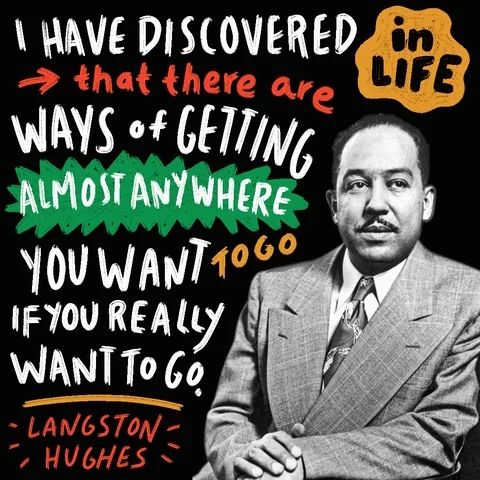
The Harlem Renaissance was a cultural revolution with Black luminaries bringing awareness to the everyday life and plight of Black people in America in the 1920s. The influence of these icons is still felt today.
If you want to learn more about the Harlem Renaissance:
Your feedback matters to us.
This Byte helped me better understand the topic.

